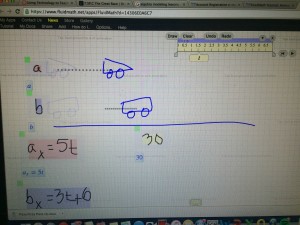This learning progression will be taught in a high school sophomore geometry classroom. Prior to this learning progression, students will have been introduced to basic geometric shapes. Students will be familiar with much of the vocabulary surrounding this lesson. They will know the definitions of each of the following terms: line, line segment, ray, quadrant, angle, etc. This particular learning segment will introduce students to rigid transformations within the plane. This learning progression will begin be students learning the concepts and procedures necessary to complete each of the rigid transformations: translations, reflections, and rotations. Following each of these lessons, students will learn how to combine transformations and whether or not the order of transformations matters. The final lesson of the progression will assess whether or not students can perform compositional transformations on a figure. The order of the progression will allow students to build on their knowledge of geometric vocabulary and previous lessons. This progression will provide students with new conceptual understanding and will prepare them for future learning segments.
This learning segment will adhere to the following common core cluster:
CCSS.MATH.CONTENT.HSG.CO.A.3
Given a rectangle, parallelogram, trapezoid, or regular polygon, describe the rotations and reflections that carry it onto itself.
CCSS.MATH.CONTENT.HSG.CO.A.4
Develop definitions of rotations, reflections, and translations in terms of angles, circles, perpendicular lines, parallel lines, and line segments.
CCSS.MATH.CONTENT.
Given a geometric figure and a rotation, reflection, or translation, draw the transformed figure using, e.g., graph paper, tracing paper, or geometry software. Specify a sequence of transformations that will carry a given figure onto another
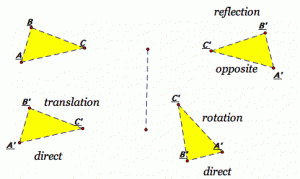
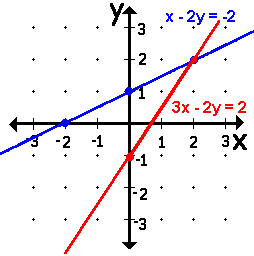 on also makes use of the following three mathematical practices: MP1: Make sense of problems and persevere in solving them, MP3: Construct viable arguments and critique the reasoning of others, and MP4: Model with mathematics. The lessons in this progression will take students from a basic understanding of linear equations, to a complete understanding of systems of equations and how to solve them. Students will learn to solve systems of equations using three methods: graphing, substitution, and combination.
on also makes use of the following three mathematical practices: MP1: Make sense of problems and persevere in solving them, MP3: Construct viable arguments and critique the reasoning of others, and MP4: Model with mathematics. The lessons in this progression will take students from a basic understanding of linear equations, to a complete understanding of systems of equations and how to solve them. Students will learn to solve systems of equations using three methods: graphing, substitution, and combination. cones are a great snack on a summer day, they also pose some great potential problems for a high school geometry class. Teachers might use a picture like this to have students solve several problems. Students could find exactly how much ice cream can actually fit in a cone by finding the volume. This problem provides a great opportunity for students to do this practically in class too, and enjoy a snack while they do it. Students might also find compound volumes of cones and sphere’s by putting more ice cream on top of the cone.
cones are a great snack on a summer day, they also pose some great potential problems for a high school geometry class. Teachers might use a picture like this to have students solve several problems. Students could find exactly how much ice cream can actually fit in a cone by finding the volume. This problem provides a great opportunity for students to do this practically in class too, and enjoy a snack while they do it. Students might also find compound volumes of cones and sphere’s by putting more ice cream on top of the cone.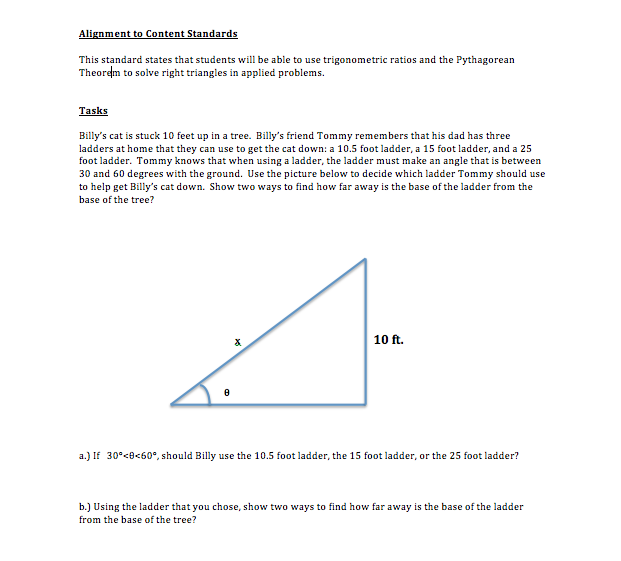
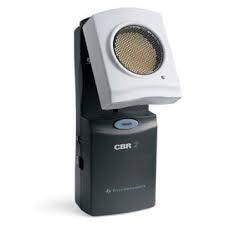 begin this activity by creating directions for a model as if they were the director of a fashion show. They’ll work in groups of four to create the directions, and then they’ll each draw a graph of their model’s movement. This will develop students conceptual understanding of distance versus time graphs and what each of the variables really mean in real life.
begin this activity by creating directions for a model as if they were the director of a fashion show. They’ll work in groups of four to create the directions, and then they’ll each draw a graph of their model’s movement. This will develop students conceptual understanding of distance versus time graphs and what each of the variables really mean in real life.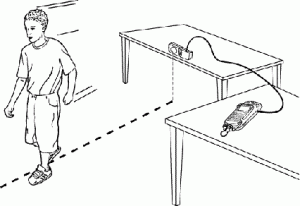 chnology. They will answer questions about why they’re different and how well the activity went.
chnology. They will answer questions about why they’re different and how well the activity went.